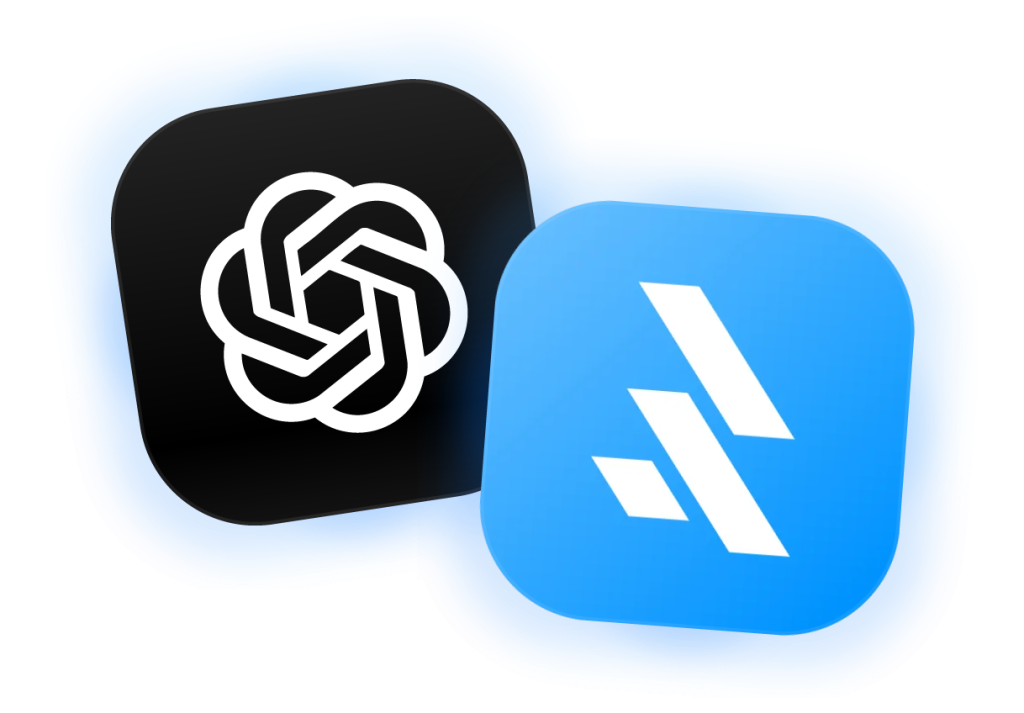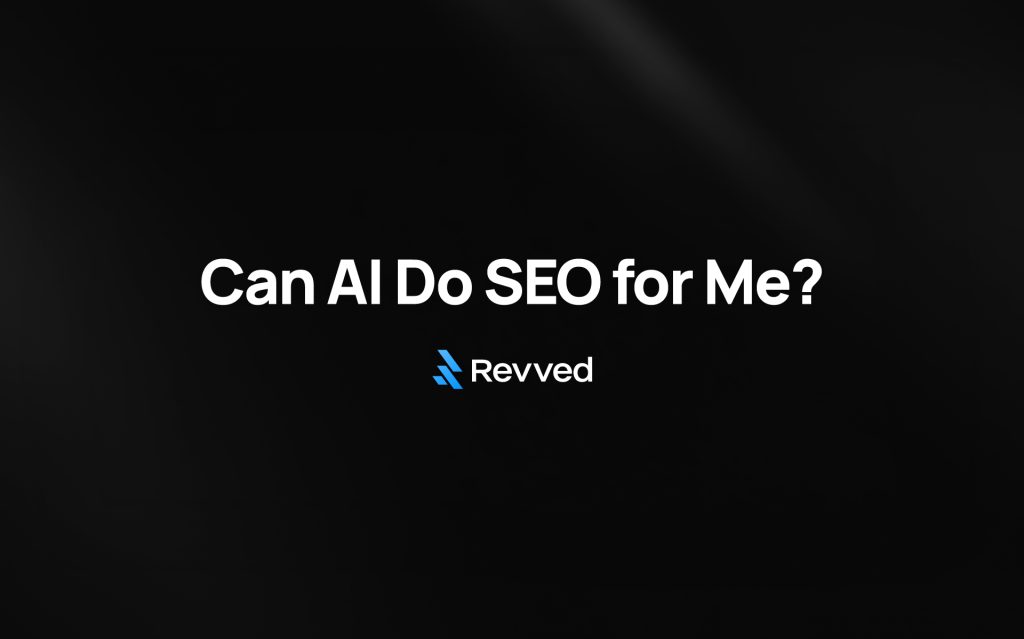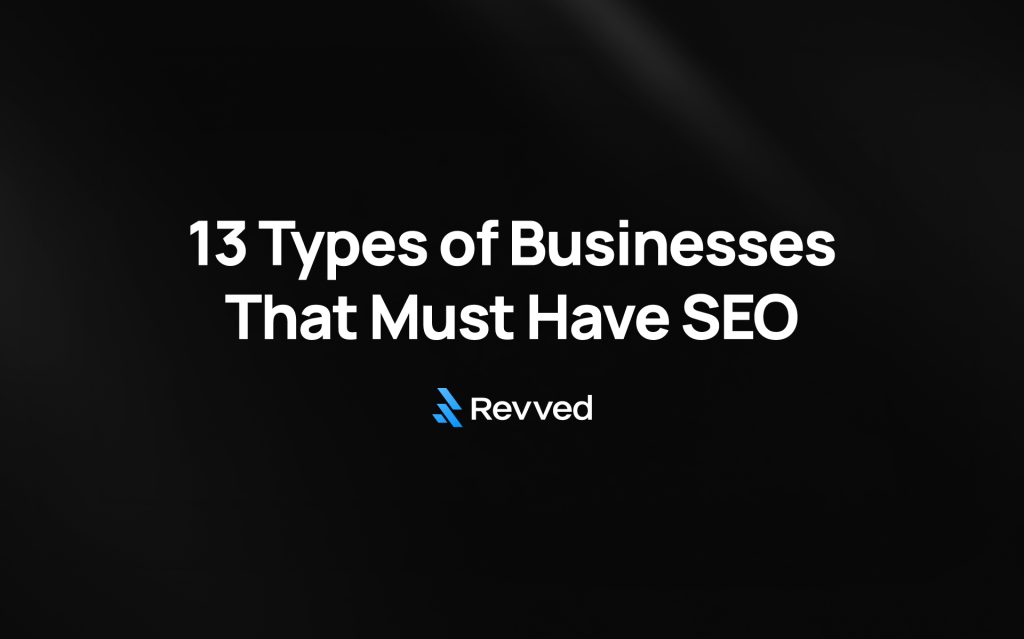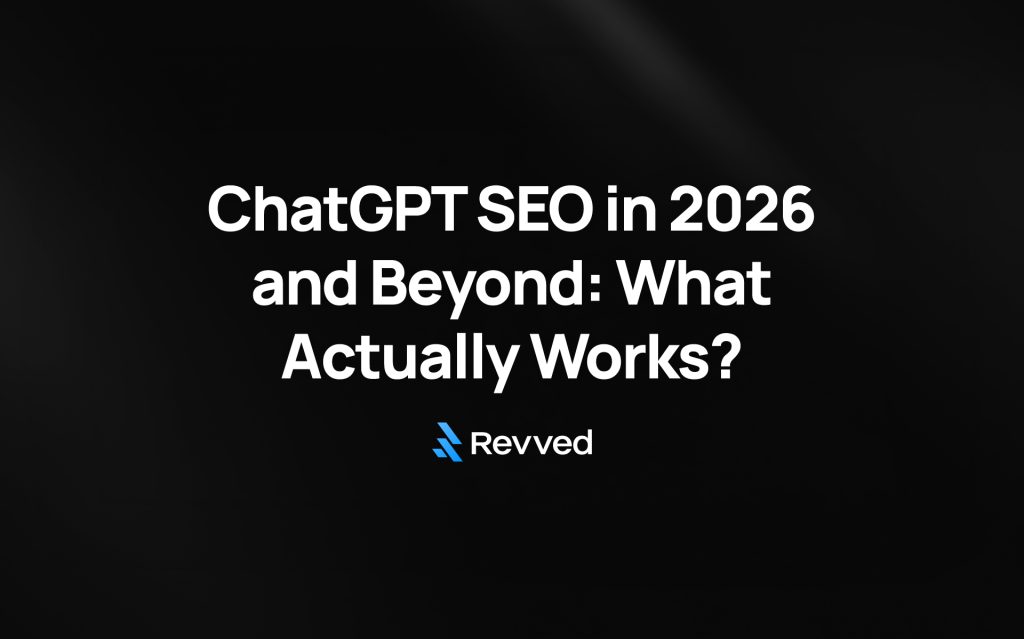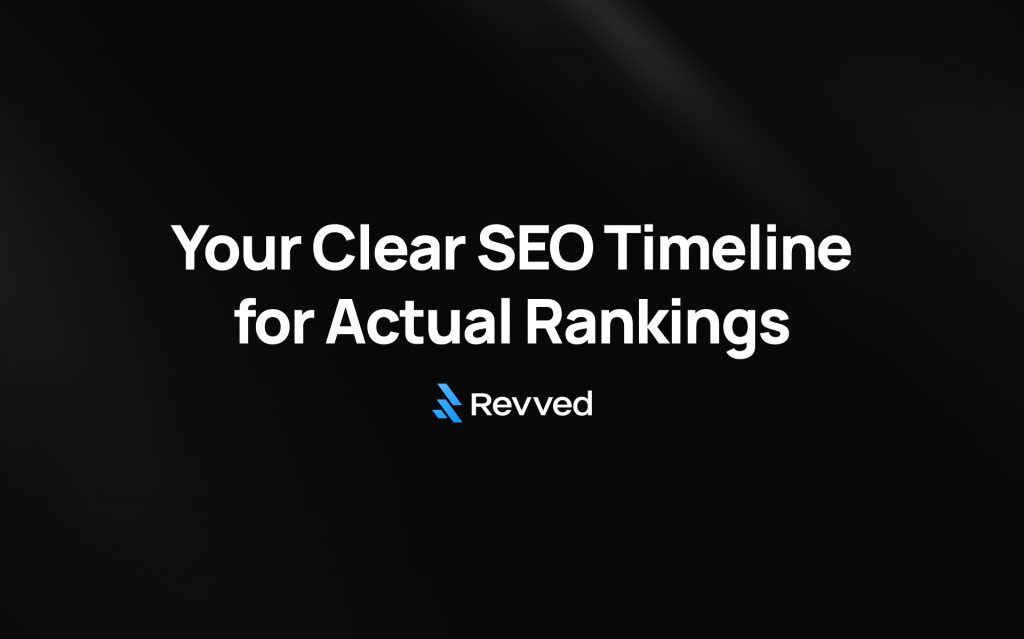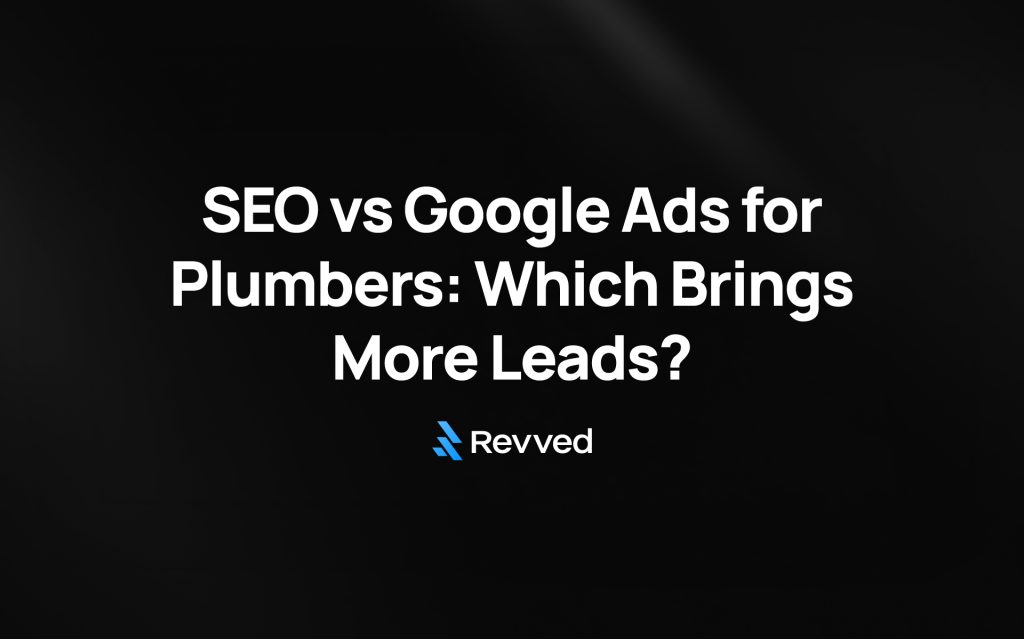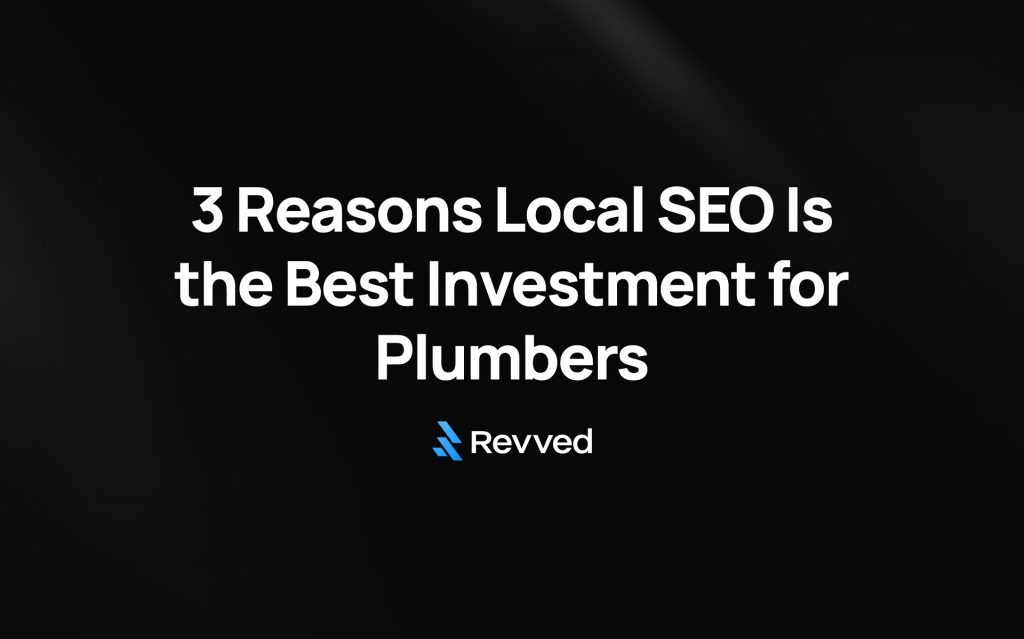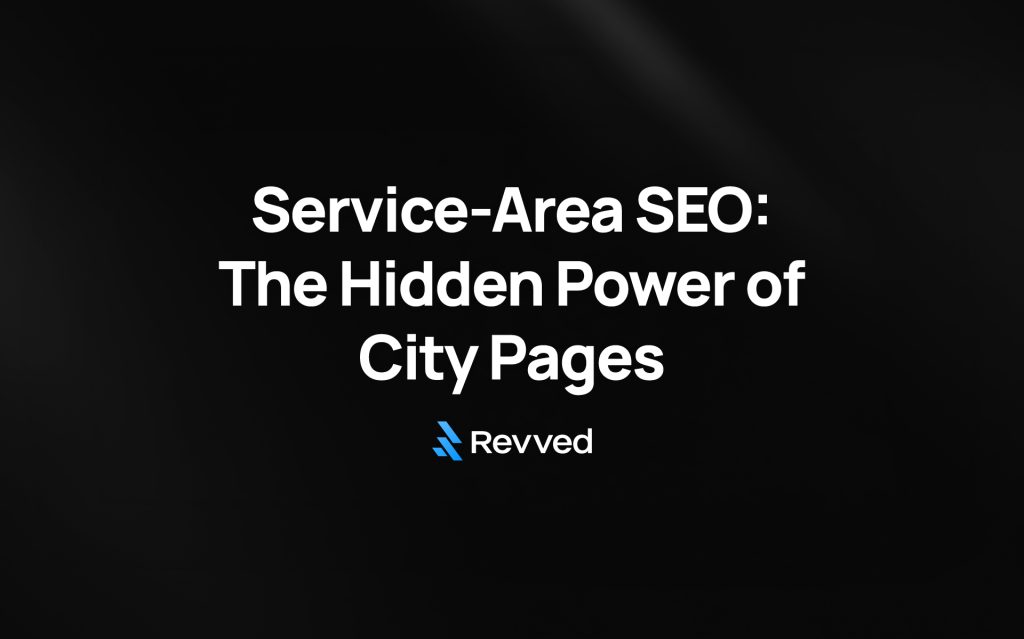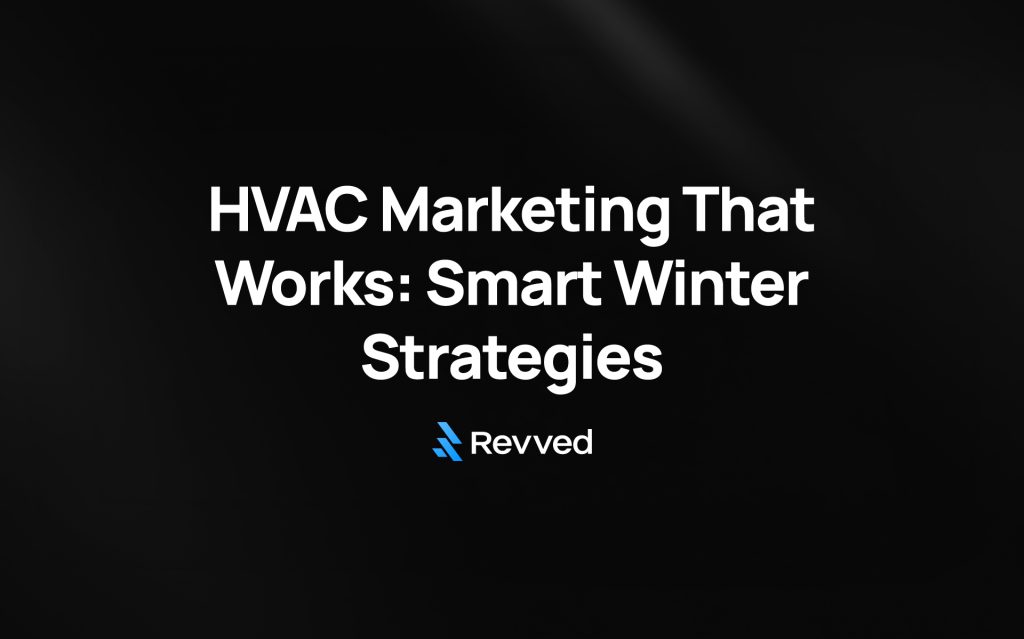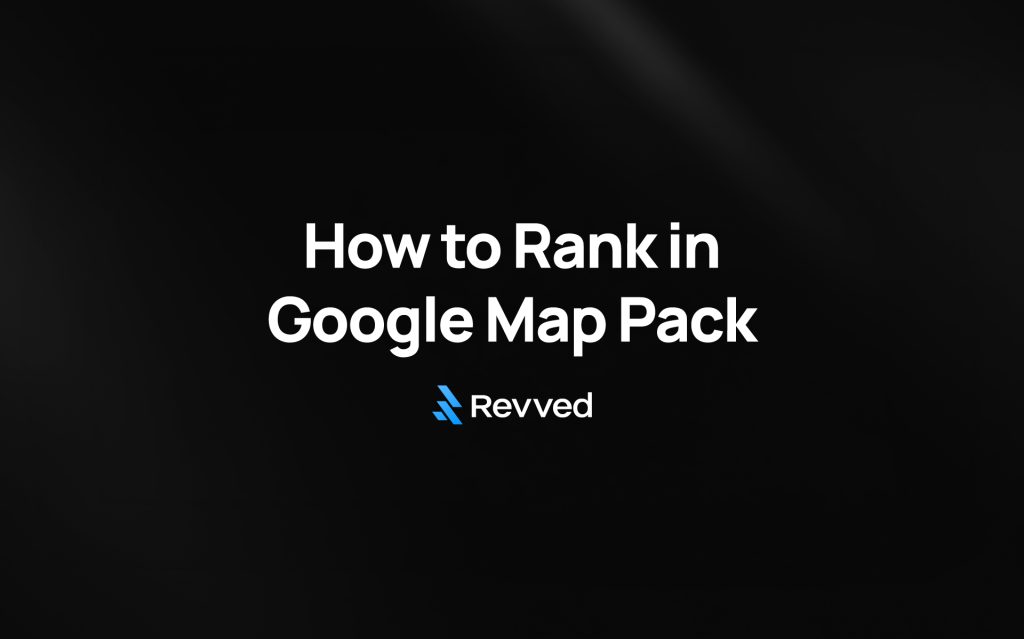AI in SEO has created a lot of buzz recently, but the truth might surprise you. Most websites receive less than 1% of their traffic from AI search. The numbers look even smaller in many cases – below 0.5%.
This doesn’t mean you should ignore AI’s potential in your SEO strategy. The key lies in distinguishing reality from marketing hype. A PT influencer’s claim that “web traffic from Google searches has dropped 55% in the last 3 years” due to AI stands in stark contrast to respected SEO agencies reporting “no noticeable decline in local traffic”. AI tools can become valuable assets with strategic implementation. Gartner suggests a different picture – by 2025, 80% of AI projects will remain “alchemy, run by wizards whose talents will not scale widely”.
Let’s clear up the confusion about AI’s role in SEO. This piece will help you separate facts from fiction and understand AI’s real benefits in SEO. You’ll learn practical approaches that deliver tangible results without getting caught up in every new AI trend.
What AI can and can’t do for SEO
Business owners often ask what AI can really do for their SEO. The truth sits somewhere between the wild promises and complete dismissals you might hear.
AI tools can assist, but not replace human strategy
AI adds valuable tools to your SEO arsenal. It’s great at crunching big data sets, spotting patterns, and handling repetitive tasks. Yet AI lacks human judgment and contextual understanding that make SEO strategies work well.
You should see AI as your assistant, not your replacement. It helps draft content, suggests keywords, and checks out competitors, but needs your guidance to arrange with business goals and customer needs. AI tools give the best results when someone who knows both tech and marketing goals keeps an eye on them.
Most AI search queries are not buyer-intent
There’s a real difference between how people use traditional search and AI search. People using AI search assistants usually ask broad, information-seeking questions instead of showing they want to buy something.
These queries usually fall into categories like:
- General knowledge questions
- How-to requests
- Explanations of concepts
- Comparisons between options
Someone typing “plumber near me” clearly wants to hire help. AI search users mostly look for information with no plans to buy right away. This changes how you should optimize your content for these platforms.
AI traffic is often low quality and shallow
Traffic from AI search tools doesn’t convert well for businesses. Users who rely on AI search usually want quick answers without visiting websites. Even when AI sends visitors your way, they bounce quickly after finding what they need.
The AI search system combines information from multiple sources. Users get their answers without clicking through to any website. This “zero-click” approach creates problems for businesses that depend on traditional SEO traffic patterns.
Local businesses shouldn’t focus only on AI search optimization instead of proven SEO basics – it’s too early for that. Think of AI as one part of an integrated approach that puts traditional search traffic first.
The hype around AI SEO: What’s real and what’s not
Beyond the sensational headlines about AI changing the SEO landscape lies a simpler truth. Let’s get into what’s really happening past the marketing hype.
AI search drives less than 1% of traffic
The numbers paint a different picture despite all the buzz around AI search. According to multiple analytics reports, AI-powered search accounts for less than 1% of website traffic for most businesses. Many sites see this number drop below 0.5% of total traffic.
Tech companies’ marketing efforts to position their AI tools as essential have created this gap between perception and reality. The data shows AI search remains a niche channel now, not the traffic powerhouse that industry publications often describe.

Enter your website below to start your proposal request!
Why traditional SEO still dominates
Traditional search delivers most organic traffic for several compelling reasons. People’s search habits change slowly—most users stick to familiar search patterns instead of trying AI-powered alternatives. Traditional search excels at connecting businesses with customers who show specific purchase intent.
Traditional SEO delivers measurable results with proven ROI. The SEO ecosystem that includes backlinks, content quality, and technical optimization continues to generate predictable traffic that turns into customers.
Misunderstanding AI search intent
User intent creates a major difference in how AI search works. People who use AI search assistants usually look for information rather than products or services. These interactions become conversational and exploratory, not focused on transactions.
This difference shapes your SEO strategy significantly. Focusing only on AI search might bring visitors with little interest in buying, while traditional search connects you with users actively looking for your products.
The key takeaway? AI tools have their place in modern SEO, but their effect on traffic and conversions remains small compared to traditional search. A clear understanding of this reality helps you make better decisions about your SEO investments.
How to actually use AI in SEO the right way
Let’s explore how to make AI work in your SEO strategy now that we’ve separated fact from fiction. Success comes from using AI as a tool rather than replacing human expertise.
Focus on content quality and structure
Google prioritizes content that shows E-E-A-T (expertise, experience, authoritativeness, and trustworthiness), whatever way it’s created. Your content needs clear headings, shorter paragraphs, and simple language that helps readers and AI understand it better. Content broken into logical sections with descriptive headers lets AI systems extract relevant information better.
Use AI for research, not final output
AI works best as a first-draft collaborator instead of replacing human expertise. It can handle 80% of the groundwork—gathering keyword data, creating structured outlines, and writing draft content. This foundation allows your team to add original insights and arrange content with your brand voice. AI helps analyze top-performing pages, extract key points, and find content gaps.
Incorporate FAQs and follow-up answers
Question-based optimization delivers excellent results. Pages that answer specific queries directly get 31% higher citation rates in AI-generated results. Your FAQ sections should answer common questions using the exact words people use to ask them. The content should also cover question cascades—follow-up questions users ask after their first query. This method boosts your chances of showing up in AI-generated results.
Track AI traffic separately from organic
AI search engines have brought substantial increases in referral traffic across some industries. Custom channel groupings in Google Analytics help track AI-driven traffic specifically. You can learn which pages work well in AI responses by monitoring AI visitor quality and comparing it with other channels. This information helps make smart decisions about your AI SEO strategy.
What to prioritize instead of chasing AI trends
AI tools might grab headlines, but successful SEO strategies still rely on timeless fundamentals. Let’s get into what actually drives environmentally responsible results.
Stick to SEO fundamentals that work
Authority, relevance, and experience are the foundations of effective SEO. These core principles continue to determine ranking potential whatever algorithm changes occur. Technical excellence matters significantly—top-ranking sites have improved performance scores by 20% and maintain flawless technical foundations. Schema markup has become essential, with 97% of top results now using structured data.
Optimize for commercial and transactional intent
Commercial and transactional keywords connect you directly with ready-to-buy users, unlike AI search queries. These high-value searches include:
- “Buy [product]”
- “[Service] near me”
- “Best [product] for [specific need]”
Pages targeting transactional intent lead to more conversions, even with lower overall traffic. Your landing pages should target commercial keywords specifically to capture users at decision stages.
Build authority and trust over time
Ranking strength needs patience—Google’s top-ranking pages average nearly 950 days old. Research shows only 5.7% of pages reach top rankings within a year. Yes, it is true that environmentally responsible SEO requires consistent expert content that demonstrates E-E-A-T principles. You also need to systematically earn quality backlinks from reputable sources.
Conclusion
The reality of AI in search tells a different story than what marketers claim. AI tools are a great way to get help with your SEO strategy, but they work best as assistants rather than replacements. The data shows AI search drives nowhere near the traffic—less than 1% for most websites—while traditional search keeps delivering measurable results.
Smart SEO experts know AI makes an excellent research companion, content outline generator, and data analyzer. But human expertise remains vital to create strategies that connect with potential customers.
Your efforts should focus on proven SEO basics rather than chasing every AI trend. Pages that target commercial and transactional intent will generate much more business value than content made just for AI search queries. Quality content built for readers and algorithms, technical excellence, and proper schema markup drive better results than AI shortcuts.
Building real authority needs time. The average top-ranking page is nearly 950 days old, which shows why patience and consistency matter in SEO.
AI tools belong in your SEO toolkit—just not at the cost of strategies that work. What matters most isn’t jumping on the latest tech trend but connecting your business with real customers who need what you offer. The best SEO strategies mix new ideas with basics, using AI to improve rather than replace the human elements that accelerate business growth.


